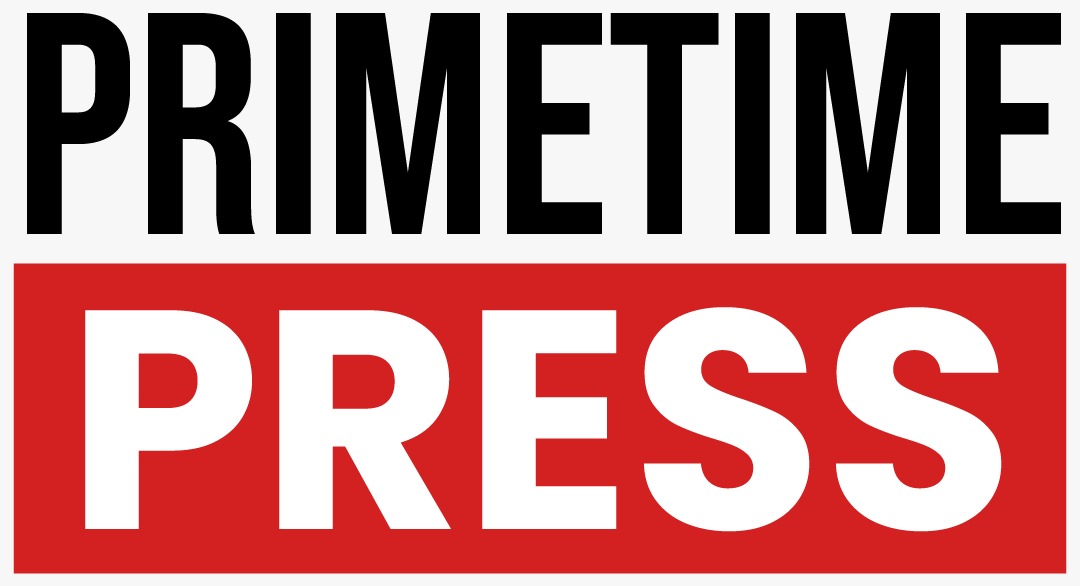Negotiations Ahead: The Future of WNBA Collective Bargaining Agreement
The Importance of the New Collective Bargaining Agreement
The upcoming season in the WNBA marks a pivotal moment as the league enters negotiations regarding a new Collective Bargaining Agreement (CBA). This agreement will play a crucial role in defining aspects such as salary caps, team rosters, player eligibility, and the duration of the season.
After the WNBA Players’ Association (WNBPA) chose to terminate the existing CBA that was established in January 2020, both parties are eager to negotiate terms that reflect the league’s growth and the players’ contributions.
Recent Developments in the WNBA
The CBA from 2020 facilitated significant growth in the WNBA, reflected in record viewership and merchandise sales. The league recently secured enhanced broadcasting agreements, promising increased revenue moving forward.
Additionally, the introduction of new teams—the Golden State Valkyries this season and two more in 2026—adds another layer of complexity to negotiations as ownership considerations expand.
Player Perspectives on the CBA
Kevin Pelton noted: “One of the key focuses has to be on salary increases for players.” The previous agreement witnessed a spike in maximum salaries, and further enhancements are anticipated this time due to improved revenue streams.
With suggestions that maximum salaries could potentially reach $1 million, players are keen to ensure that compensation structures evolve alongside the league’s financial growth.
Nneka Ogwumike, WNBPA president, stated, “It’s not just about the salary number; it’s about creating a sustainable salary system.” Players are also advocating for guaranteed charter travel to enhance their health and well-being during the season.
Ownership’s Position
While the players outline their priorities, owners have their own objectives. According to Michael Voepel, the owners will likely insist on maintaining the prioritization rule, ensuring players commit to the WNBA even amidst international obligations.
Owners may also seek to retain a hard salary cap structure while being amenable to adjustments that would make revenue-sharing terms more achievable for the players.
Potential Areas for Reform
Every CBA presents opportunities for reform, and experts suggest several areas ripe for change:
- Roster Expansion: Current limits on roster sizes may be hindering team flexibility and player availability. A push to increase roster sizes from 12 could provide teams with better opportunities, especially during the extended 44-game season.
- Draft Eligibility: Simplifying draft eligibility rules could streamline recruitment processes. Suggestions include adopting a model akin to that in MLB, where players must be in their junior year or turn 21 to declare for the draft.
Concerns About Work Stoppage
As negotiations loom, concerns about a potential work stoppage have surfaced. Ogwumike has indicated that players are preparing for all contingencies, although they hope to finalize negotiations in time to start the 2026 season seamlessly.
The history of WNBA labor negotiations demonstrates the potential for issues; however, past negotiations have typically resolved without significant disruptions.

